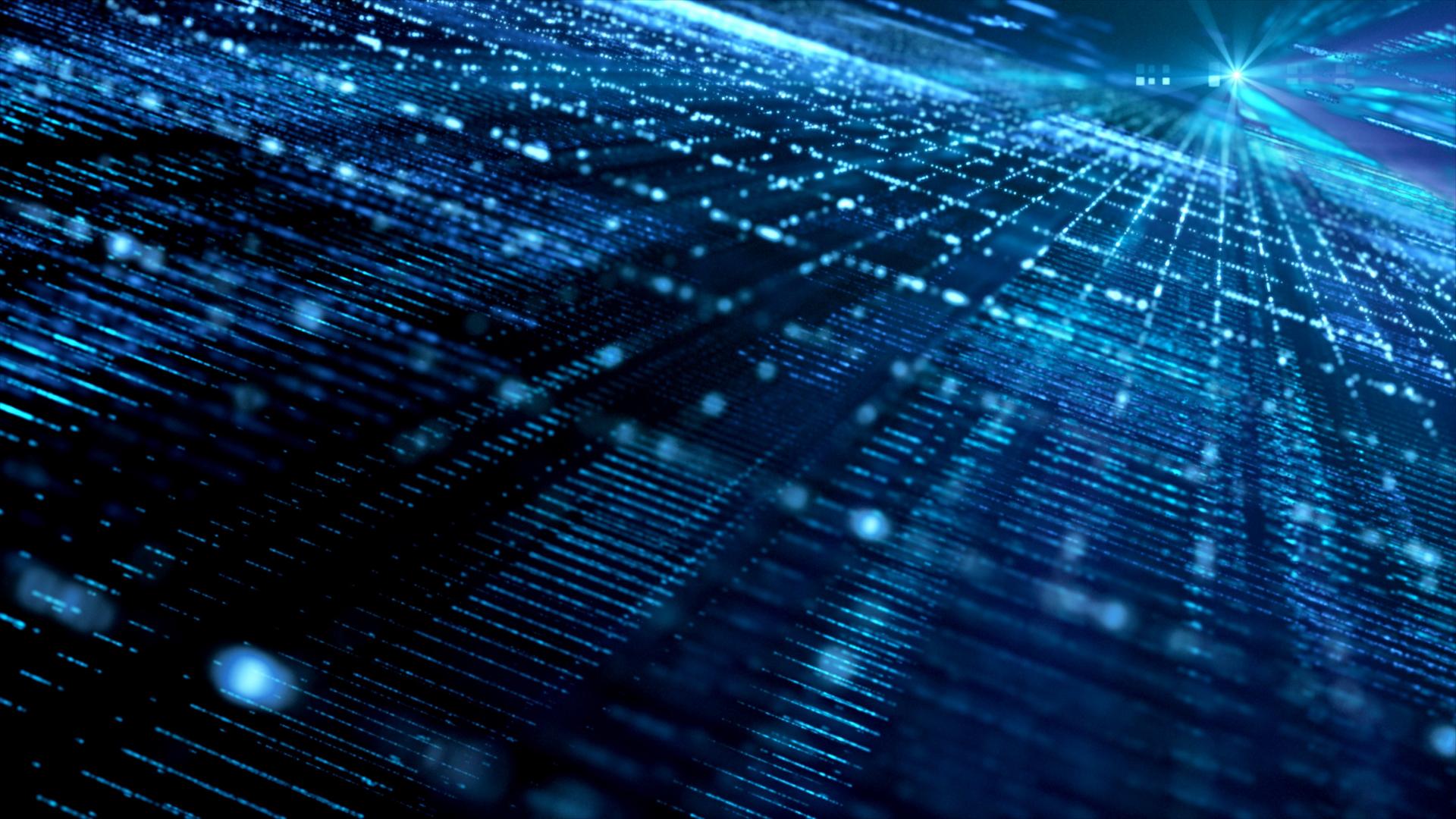For IT professionals, the seven layers refer to the OSI (Open Systems Interconnection) model, a conceptual framework that describes the functions of a network or telecommunications system. The model uses layers to help give a visual description of what is happening with a particular network system. This can help network administrators to reduce problems, as well as programmers.
Most descriptions of the OSI model go from top to bottom, with the numbers ranging from Layer 7 to Layer 1 and what they represent are as follows:
What are and what do the Seven layers of OSI model do?
▸Layer 7
In the OSI model, this is the layer that is “closest to the end user.” It receives information directly from the users and shows the incoming data to the user. Interestingly, the applications themselves do not reside in the application layer. Instead, the layer facilitates communication with the lower layers to establish connections with applications at the other end.
▸Layer 6
This represents the area that is independent of the data representation in the application layer; in general, it represents the preparation or translation of the application format to the network format, or from the network format to the application format.
▸Layer 5
When two devices, computers or servers need to “talk” to each other, it is necessary to create a session, and this is done at the Session Layer. The functions in this layer involve configuration, coordination, and termination between applications at each end of the session.
▸Layer 4
The transport layer deals with the coordination of data transfer between end systems and hosts. How much data to send, how fast, where it goes, etc.
▸Layer 3
Here at the network layer is where you will find most of the router’s functionality, which most networking professionals love. In its most basic sense, this layer is responsible for forwarding packets, including routing through different routers.
▸Layer 2
The data link layer provides node-to-node data transfer and also handles physical layer error correction. There are also two sub-layers here: the Media Access Control layer and the Logical Link Control layer.
▸Layer 1
This represents the electrical and physical representation of the system. This can include everything from the type of cable, the RF link as well as the pinout, voltages, and other physical requirements. When a network problem occurs, many network professionals go directly to the Physical Layer to verify that all cables are connected correctly.
See also:
IPv4 or Internet Protocol version 4
IPv6 Protocol and how it replaces IPv4



